Indoor plants have a remarkable ability to transform any space into a lush, green haven. However, providing the right environment for them to thrive can be challenging, especially when it comes to meeting their light requirements. As plants move, grow, or face seasonal changes, they may need to adapt to new light conditions.
Indoor plants often face difficulties adapting to new light conditions, which can result in stunted growth or poor health. This comprehensive guide will help you understand the unique light needs of various indoor plants and offer practical advice on acclimating them to new light conditions. By following these steps, you can ensure your plants remain healthy and vibrant, contributing to the overall aesthetics and well-being of your home.
Understanding Light Requirements for Indoor Plants
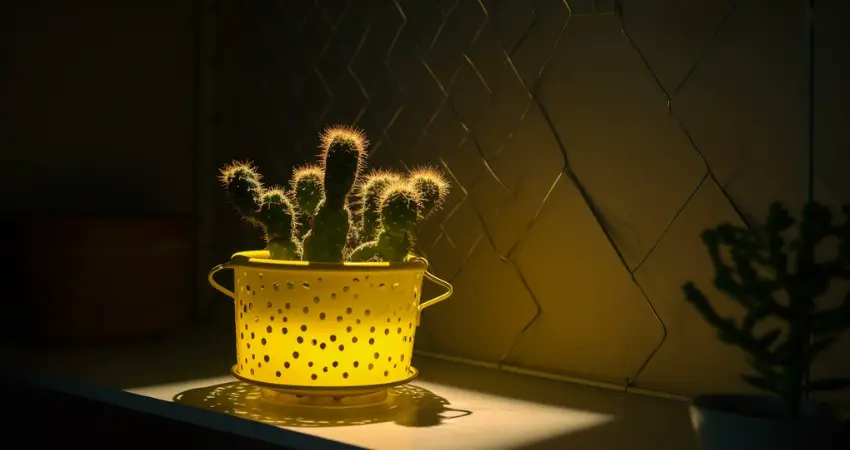
Plants rely on light to perform photosynthesis—a process through which they convert light energy into chemical energy, enabling growth and sustenance. Each plant species has unique light requirements, which can greatly impact its overall health.
Indoor plants can be broadly categorized into three groups based on their light preferences:
- Low-light plants: These plants can tolerate and even thrive in relatively dim environments. Examples include the snake plant (Sansevieria) and the ZZ plant (Zamioculcas zamiifolia).
- Medium-light plants: Requiring more light than low-light plants, these species flourish in bright, indirect light. Examples are the pothos (Epipremnum aureum) and the spider plant (Chlorophytum comosum).
- High-light plants: These plants need direct sunlight or a brightly lit space to grow well. Examples include the fiddle-leaf fig (Ficus lyrata) and the jade plant (Crassula ovata).
Factors affecting light conditions
Several factors can influence the light conditions in your home:
- Seasonal changes: The angle and intensity of sunlight change throughout the year, affecting the light exposure your plants receive.
- Room orientation: North-, south-, east-, and west-facing windows receive different amounts of sunlight, impacting the light conditions in your room.
- Window size and type: Larger windows or those with fewer obstructions allow more light to enter the room, creating a brighter environment for your plants.
- Artificial light sources: Lamps, overhead lights, and specialized grow lights can supplement natural light, especially in areas with limited sunlight.
Signs of Inadequate or Excessive Light Exposure
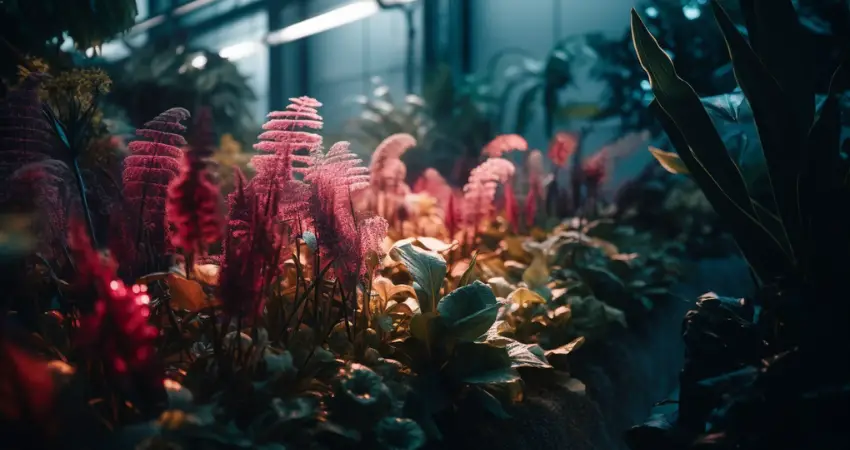
If your plant is not receiving enough light, it may exhibit the following symptoms:
- Leggy growth: Stretched and elongated stems may indicate insufficient light exposure.
- Yellowing leaves: Pale or yellow leaves can be a sign that your plant is not receiving enough light for photosynthesis.
- Slow growth: A lack of new growth or a visibly slow growth rate could be due to inadequate light.
Conversely, too much light can cause the following issues:
- Scorched leaves: Brown or black patches on leaves may indicate sunburn or leaf scorch.
- Leaf drop: Shedding leaves may be a plant’s response to excessive light.
- Color fading: Vibrant or variegated foliage can lose color when exposed to too much light.
Methods to Measure Light Intensity

Using a light meter
A light meter is a specialized device that measures the intensity of light in your environment. By placing it near your plants, you can determine the amount of light they receive and adjust their placement accordingly.
Smartphone light meter apps
Several smartphone apps can also measure light intensity. These apps use your phone’s camera or light sensor to provide an estimate of the available light, helping you assess whether your plants are receiving adequate illumination.
Hand shadow test
If you don’t have access to a light meter or smartphone app, you can perform the hand shadow test. To do this, place your hand about a foot above your plant and observe the shadow it casts. A faint shadow indicates low light, a soft but distinct shadow suggests medium light, and a sharp, well-defined shadow means high light. This simple test can help you determine whether your plant is receiving the appropriate amount of light.
Observing plant growth and response
Regularly monitor your plants’ growth and health to assess their light needs. If your plant displays signs of inadequate or excessive light exposure, adjust its placement or light source accordingly.
Acclimating Indoor Plants to New Light Conditions
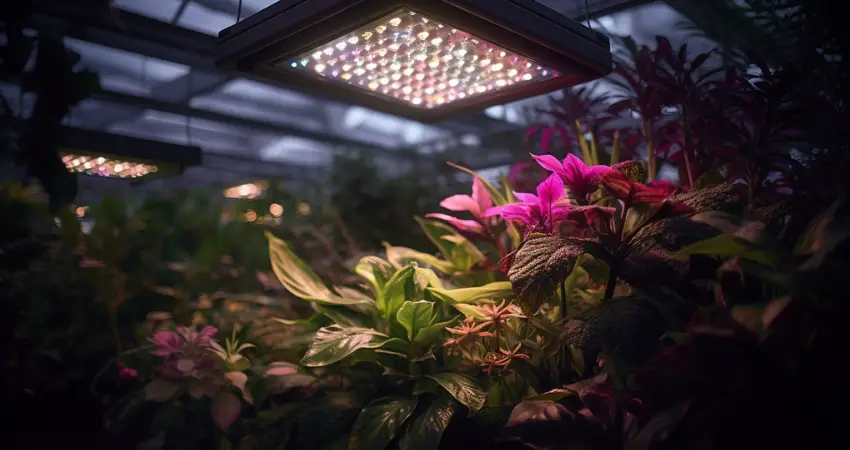
Gradually increasing light exposure
To prevent shock or damage, it’s crucial to help your plants acclimate to new light conditions slowly. Here are some steps to guide your plant through this process:
- Shifting the plant’s location: Over the course of a week or two, gradually move your plant closer to or further from its light source. This will give it time to adjust to the new light levels without experiencing stress.
- Incremental time exposure: To ensure a smooth transition, increase or decrease the amount of time your plant spends in direct sunlight or under artificial light. Start by adjusting the exposure by 30 minutes to an hour each day until your plant becomes accustomed to its new light conditions.
Acclimating plants to low-light conditions
If your plant needs to adapt to a low-light environment, consider these strategies:
- Providing artificial light sources: Supplement natural light with artificial sources, such as LED grow lights or fluorescent lights, to help your plant receive the necessary light for photosynthesis and growth. Keep in mind that different plants have varying light spectrum requirements, so choose a light source that best suits your plant species.
- Grouping plants together: Placing low-light plants near others with similar light requirements can help create a microclimate that retains moisture, benefiting all the plants in the group.
- Pruning and cleaning: Remove any dead or damaged leaves and stems to encourage new growth and allow your plant to focus its energy on adapting to its new environment.
- Ensuring adequate nutrients and water: A plant’s nutrient and water needs may change in low-light conditions. Monitor your plant’s health and adjust its care regimen, including fertilization and watering schedules, accordingly.
Acclimating plants to high-light conditions
If your plant requires more light, follow these steps to help it acclimate:
- Gradual sun exposure: Introduce your plant to more sunlight by placing it near a window with bright, indirect light. Slowly increase the amount of direct sun it receives each day until it reaches the desired level of sunlight exposure.
- Providing shade and protection: To prevent sunburn or leaf scorch, use sheer curtains, blinds, or a shade cloth to filter sunlight, especially during the hottest part of the day.
- Monitoring water and humidity levels: Plants in high-light environments may require more frequent watering and increased humidity. Check the soil moisture regularly and water your plant when the top inch of soil feels dry. Use a humidifier or place a tray of water near your plant to increase humidity levels.
- Checking for pests: High-light conditions can sometimes attract pests. Inspect your plant regularly for signs of infestation and treat any issues promptly.
Acclimating plants after a move or relocation
Moving your plants to a new home or location can disrupt their light conditions. Help them adjust by:
- Easing the transition: Give your plants time to recover from the stress of moving before exposing them to new light conditions. Keep them in a stable environment for a few days, then slowly introduce them to the new light levels.
- Assessing the new environment: Evaluate the light conditions in your new space by using a light meter, smartphone app, or hand shadow test. Adjust your plant’s placement or light source based on its specific light requirements.
- Adapting your care routine: Your plant’s water and nutrient needs may change in its new environment. Monitor its health and adjust your care regimen accordingly.
By following these steps, you can help your indoor plants acclimate to new light conditions and ensure they continue to grow and thrive.
Maintaining Optimal Light Conditions
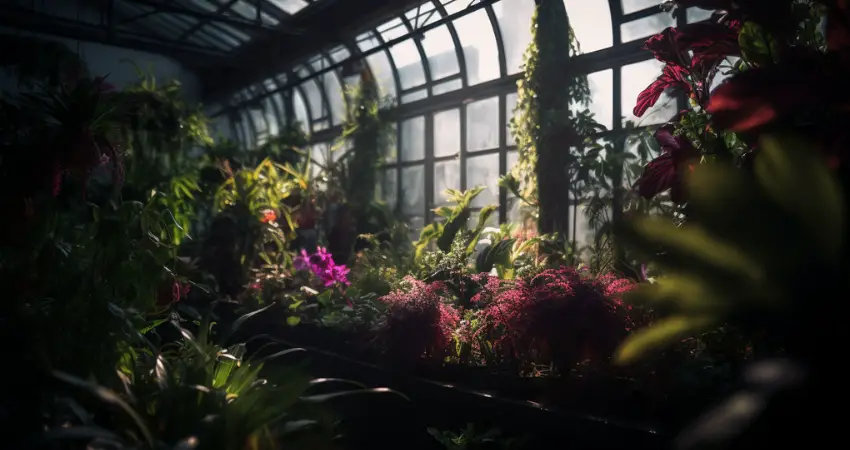
Once your plants have acclimated to their new light conditions, it’s essential to maintain these optimal conditions to support their ongoing health and growth.
Regularly monitoring plant health
Keep a close eye on your plants’ growth and overall health, checking for any signs of inadequate or excessive light exposure. Promptly address any issues by adjusting your plant’s placement or light source as needed.
Rotating plants for even light exposure
Rotate your plants every few weeks to ensure all sides receive equal light exposure. This prevents one side from becoming leggy or losing leaves due to uneven light distribution.
Adjusting light exposure based on seasonal changes
As the angle and intensity of sunlight change throughout the year, your plant’s light exposure will also vary. Be prepared to adjust your plant’s location or light source in response to these seasonal changes to maintain optimal light conditions.
Adapting to the specific needs of individual plant species
Each plant species has unique light requirements. Research your specific plant species to understand its optimal light conditions and adjust your care routine accordingly.
Troubleshooting Common Light-Related Issues
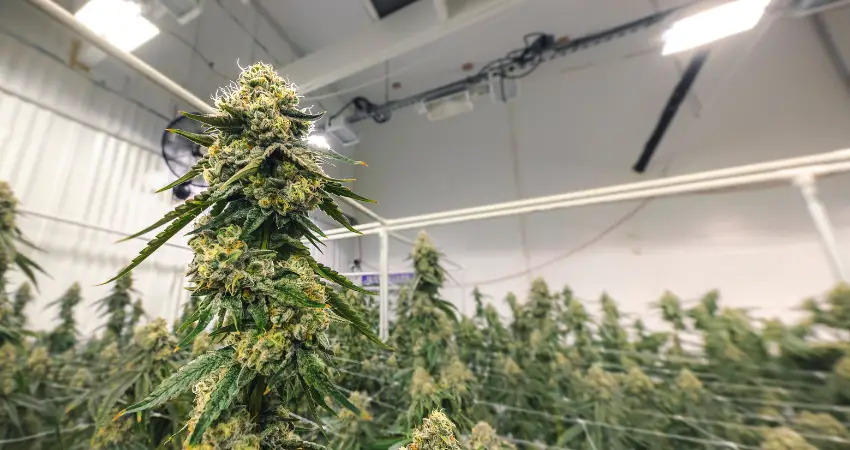
Despite your best efforts, your indoor plants may still encounter light-related issues. Here are some tips for addressing common problems:
Addressing leggy growth and etiolation
If your plant exhibits leggy growth or etiolation (elongated, weak stems), it may not be receiving enough light. Gradually move your plant closer to its light source or provide additional artificial light to encourage compact, healthy growth.
Managing sunburn and leaf scorch
Sunburn or leaf scorch can occur when a plant is exposed to excessive light or intense direct sunlight. Relocate your plant to a location with filtered or indirect light and remove any severely damaged leaves or stems to promote recovery.
Rescuing overexposed plants
If your plant shows signs of overexposure to light, such as leaf drop or color fading, move it to a location with lower light levels. Monitor its health closely and adjust its care routine to support its recovery.
Reviving underexposed plants
If your plant appears to be suffering from inadequate light, move it to a brighter location or supplement its light with an artificial source. Regularly check its progress and adjust its care regimen, including watering and fertilization, as needed.
Conclusion
Proper light exposure is crucial for the health and well-being of your indoor plants. By understanding their unique light requirements, acclimating them to new conditions, and maintaining optimal light levels, you can help your plants thrive. As you continue to learn and adapt, your indoor garden will flourish, bringing beauty and life to your home.
